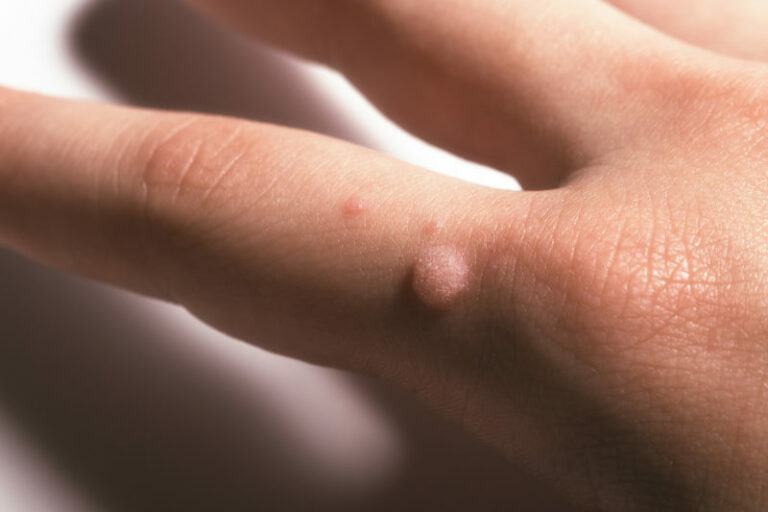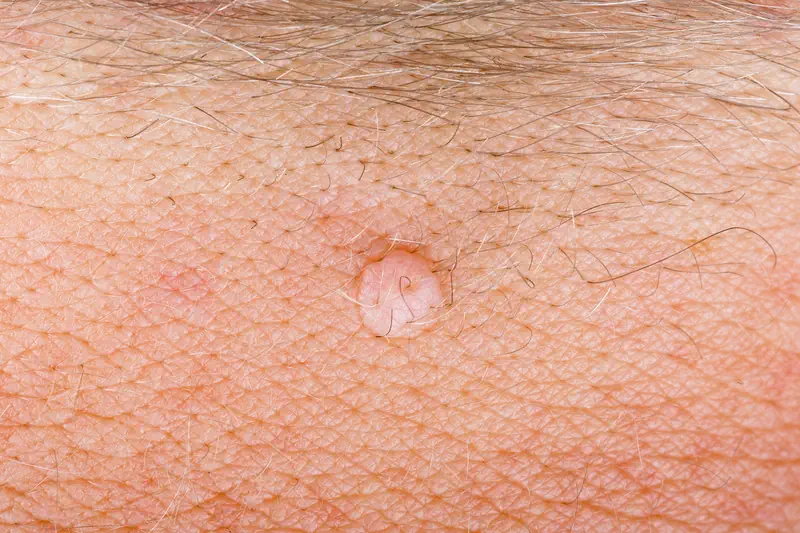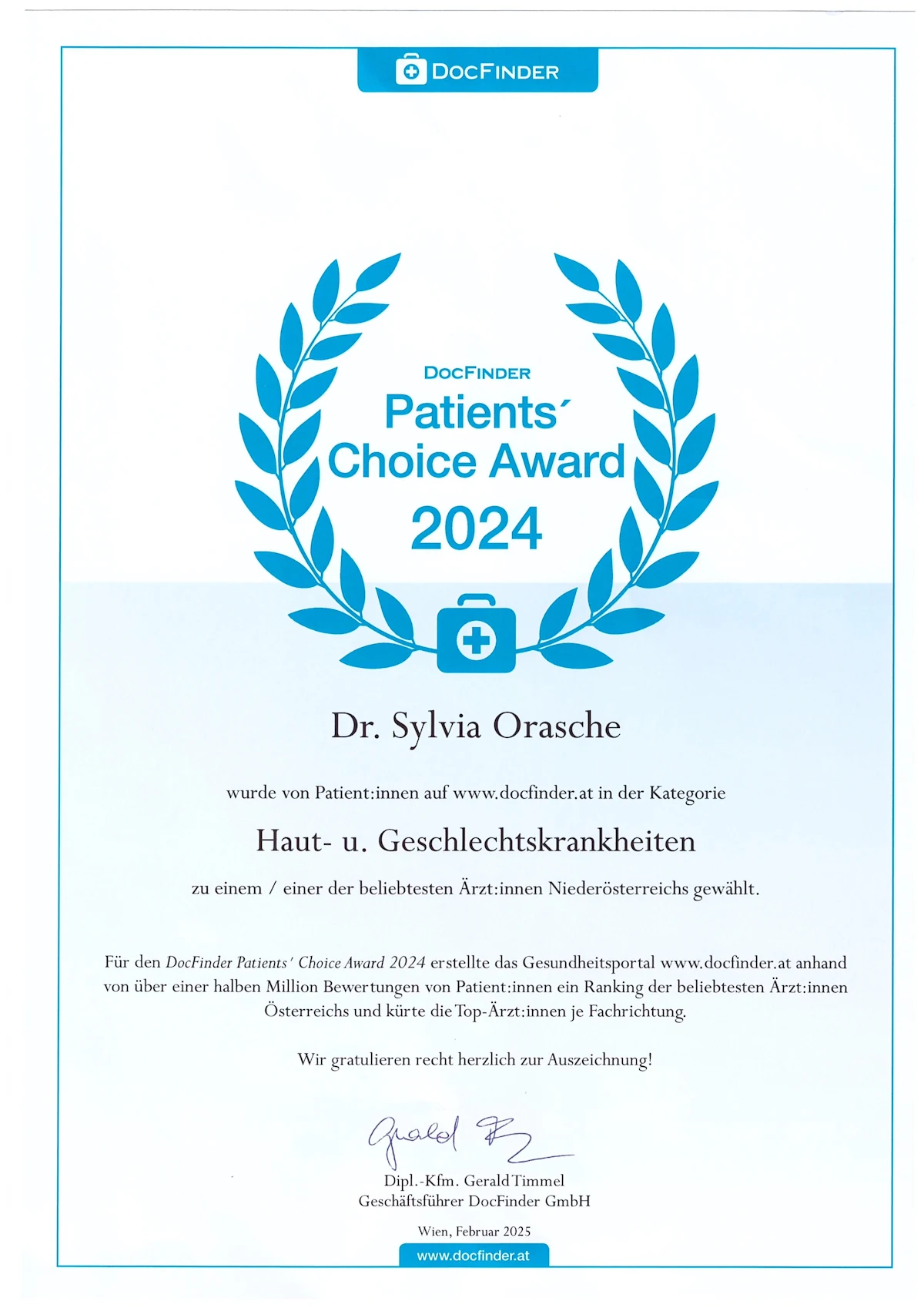Wart removal Vienna
Remove warts with Dr Orasche in 1180 Vienna, using cryotherapy or laser.
A distinction is made between different types of warts depending on the location, shape or infection causing the wart virus. There are different methods of removing warts depending on their type and severity.

Table of contents
Wart removal Vienna - Overview
- Cryotherapy (freezing)
- Laser therapy
- Tinctures
The affected area is cleaned and, if necessary, anaesthetised to minimise pain and protective goggles are worn to protect the eyes from the laser.
A laser beam is used to remove the wart layer by layer. Commonly used laser types are the CO2 laser and the pulsed dye laser.
The laser heats and destroys the wart tissue without causing too much damage to the surrounding tissue.
A wart removal session lasts between 10 and 30 minutes, depending on the size and number of warts. In some cases, several sessions may be necessary, especially for stubborn or large warts.
- Redness and swelling in the treated area, which will subside after a few days.
- Slight pain or a burning sensation during and after the treatment.
- Crust formation on the treated area, which falls off after a few days to weeks.
Visible redness and swelling may occur, but most patients are able to socialise again immediately. With proper aftercare and avoidance of infection, the treated areas usually heal well.
Treatment: ab 180,- €* pro Sitzung
*Target prices
Removing warts with liquid nitrogen
Tinctures or wart plasters are used for conventional wart removal in Vienna. These are only partially effective. In our dermatological practice, warts are dabbed with liquid nitrogen and then scraped off. In stubborn cases, surgery or laser treatment may be necessary.
Plantar warts
Plantar warts occur on the sole of the foot. If they grow inwards, they are difficult to treat in the heel area. Deeply ingrown plantar warts are very painful due to the pressure when walking.
Plantar warts are usually removed by means of icing. In some cases, however, surgical removal is necessary because plantar warts are often very stubborn.
Genital warts
In the genital area or on the buttocks, these are usually genital warts (condylomas). These are not only annoying, but can also lead to cancer if they persist for a long time. Genital warts must therefore always be consistently removed.
The treatment of genital warts depends very much on the individual findings, but is usually carried out with a laser.
Dell warts
Far more harmless and predominantly found in children are the molluscs, also called dell warts or swimming pool warts. These small spherical warts are very contagious and should therefore be removed completely if they do not heal on their own within a short time.
Molluscum contagiosum is primarily iced. In difficult cases, laser treatment can provide a remedy.
Over-the-counter tinctures, plasters or similar are usually not very effective as they irritate the surrounding skin too much. Complete and painless removal of the molluscs is possible after pre-treatment of the affected skin areas with an anaesthetic ointment, which must be applied under a plaster one hour before treatment.

Frequently asked questions about wart removal Vienna
What is a wart?
The wart is a sharply defined benign skin growth that can be shaped in different ways and usually has a rough surface.
Where do warts occur?
Warts can develop and appear on all parts of the body, but often on fingers, elbows, knees, face, scalp, feet or genitals. They are unpredictable and often difficult to treat, and occasionally disappear on their own without treatment.
How do warts develop?
Warts are caused by infection with different wart viruses. They are therefore very contagious. Even the smallest injuries to the skin are enough to allow the wart viruses to enter the body.
Can warts spread on the body?
Warts only have a chance to spread on the body when they encounter pre-damaged skin and a weakened immune system.
What are the problems with warts?
Since warts look unattractive and sometimes hurt, they are not only cosmetic but often also psychological problems for those affected.
Patient testimonials



Patient testimonials





